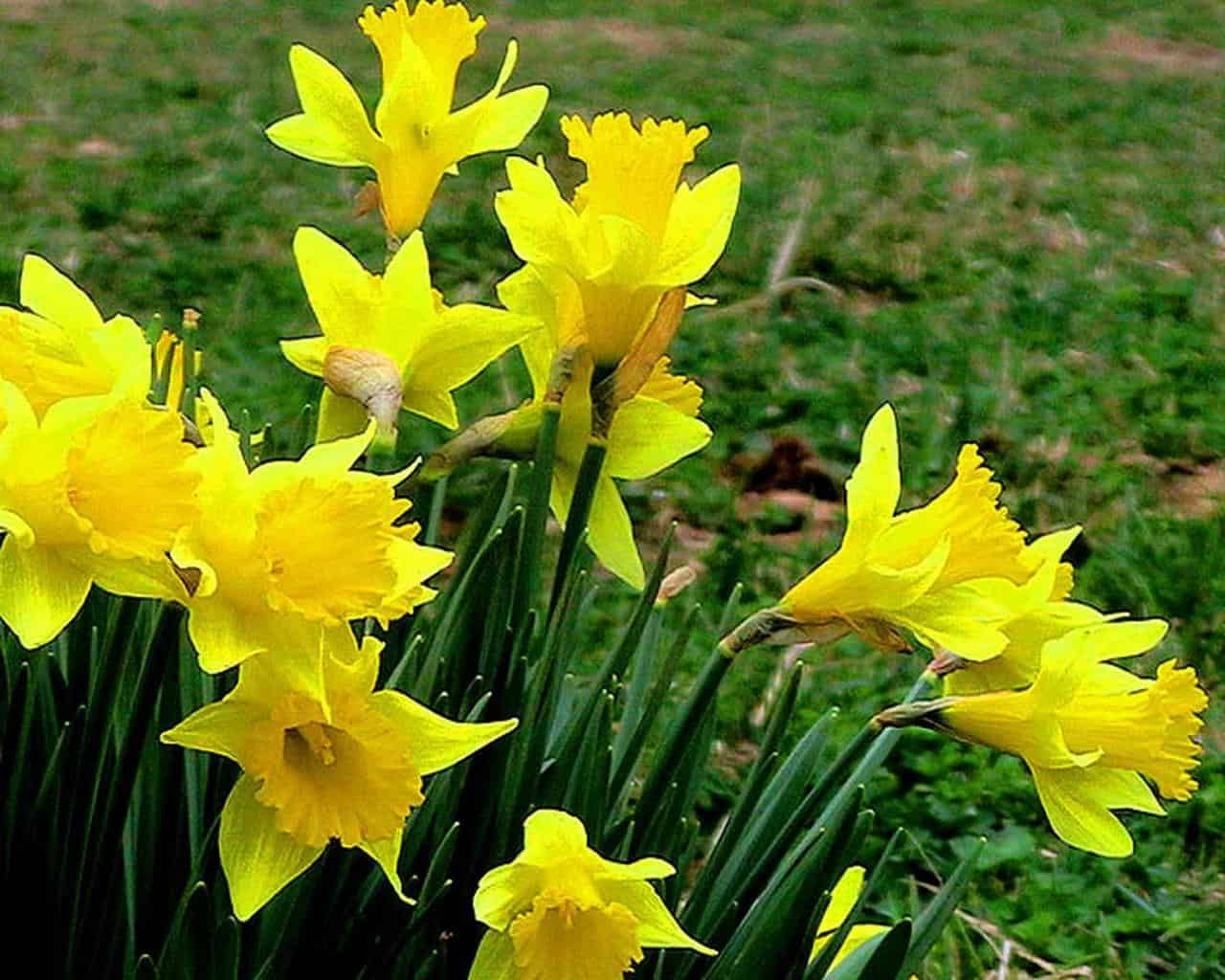The Nierembergia gracilis, commonly known as ‘Starry Eyes’ is part of the family Solanaceae. This flower is a popular ornamental plant and can be classified as a perennial. Nierembergia gracilis is attractive and low-maintenance, making it an ideal choice for gardeners of any skill level. It can grow up to two feet tall and wide and is often used as a clump-forming plant with dark green foliage. In warm and humid climates, Nierembergia gracilis has nearly everblooming flowers, allowing for months and months of color. The flowers themselves are white and star-shaped, with soft purple lines surrounding the throat.
The name ‘Starry Eyes’ is derived from the Latin phrase ‘Nierembergia gracilis’, meaning ‘graceful’, reflecting the delicate beauty of its petals. This flower has historical significance in various religions and cultures. Nierembergia gracilis is thought to represent purity, innocence, and new beginnings. In Mahayana Buddhism, the petals of this flower represent the six virtues of the perfect person: morality, perception, effort, concentration, wisdom and morality. In Christian symbolism, the flower is often associated with the Virgin Mary.
How to Plant
Starry Eyes can be planted in direct sunlight or partial shade. When planting, make sure the soil is well-draining. The soil should be kept evenly moist and should have a balanced pH between 5.0 and 7.0. The temperature should remain between 65-80 degrees Fahrenheit, and the humidity should stay around 65-75%. Once planted, be sure to fertilize the Nierembergia gracilis with a mixture that’s 10-20-10.
Meaning and Symbolism
The Starry Eyes flower has many different meanings and symbolic associations. It is often a symbol of innocence, purity, and new beginnings. In Mahayana Buddhism, the petals of the Starry Eyes symbolize the six virtues of the perfect person: morality, perception, effort, concentration, wisdom and morality. In Christianity, the flower is often associated with the Virgin Mary.
History, Mythology, and Religious Significance
Starry Eyes have been used for thousands of years in religious ceremonies, mythology and folklore. In ancient Greek culture, the petals of the Starry Eyes flower were believed to have healing properties and were often used to make medicinal teas. In India, the flower was seen as a symbol of happiness, and was offered to Lord Shiva in ritual offerings called ‘puja’. In Christianity, the Starry Eyes flower is a symbol of Mary’s purity and innocence.
Flower Varieties and their Defining Characteristics
There are several varieties and cultivars of the Starry Eyes flower. The most common and widely available is the N. gracilis variety. This variety is characterized by its evergreen, clump-forming growth habit, dark green foliage, and white, star-shaped flowers, with soft purple lines surrounding the petal throat. Other varieties include the N. belli, which is a smaller plant with lilac flowers, and N. carpeta, which has blue-green foliage.
How to Pot and Repot
The Starry Eyes flower can be potted and repotted in suitable containers. Choose a container or planter that is large enough for the roots and drainage holes for excess water. Fill the container with equal parts peat moss, perlite and potting mix, providing the soil with a balance of nutrients and aeration. Plant the Starry Eyes in the container and add extra soil around the roots. Once the flower is firmly set in the soil, water it until it is saturated and let the soil drain.
How to Prune
Starry Eyes can be successfully pruned in order to keep the plant looking its best. Pruning should be done in early spring, as soon as the new growth emerges. Use a pair of sharp pruning shears to cut back old growth and encourage new growth. Be sure to cut the stems at a 45-degree angle and remove any dead or diseased flowers and stems.
How to Propagate
Starry Eyes can be propagated from stem cuttings. In mid-summer, when the new growth has emerged, select a stem with at least two or three leaves and cut it off at a 45-degree angle. Remove the lower leaves, dip the stem cutting in rooting hormone, and place it in a small container with moistened, sterile potting soil.
Common Pests and Diseases
Starry Eyes are relatively resistant to pests and diseases, but there are some common pests and diseases to be mindful of. Leaf spot and mildew can be controlled by regular pruning and by removing affected leaves, as well as by avoiding overcrowding. Aphids are a common pest but can be easily treated with insecticidal soap or neem oil.
Frequently Asked Questions
Q: What is the best soil type for growing Starry Eyes?
A: Starry Eyes prefer soil that is light and well-draining, with a slightly acidic pH of 5.0 to 7.0.
Q: How much sun does the Starry Eyes need?
A: Starry Eyes prefer filtered sunlight or partial shade, but can tolerate direct sunlight for short periods.
Q: How often should Starry Eyes be watered?
A: The soil should be kept evenly moist but not soggy, and water should be applied every 10-14 days.
Fact Sheet
| Starry Eyes | Nierembergia Gracilis |
| Family | Solanaceae |
| Plant Type | Perennial |
| Mature Size | 2 feet tall, 2 feet wide |
| Sun Exposure | Filtered sunlight or partial shade |
| Soil Type | Light, well-draining |
| Soil pH | 5.0 to 7.0 |
| Bloom Time | Nearly everblooming |
| Flower Color | White with soft purple lines |
| Hardiness Zones | 5 to 9 |
| Native Area | Mexico, USA (Texas) |
What we love from Amazon this week
Buy these wonderful flowers directly from Amazon:















